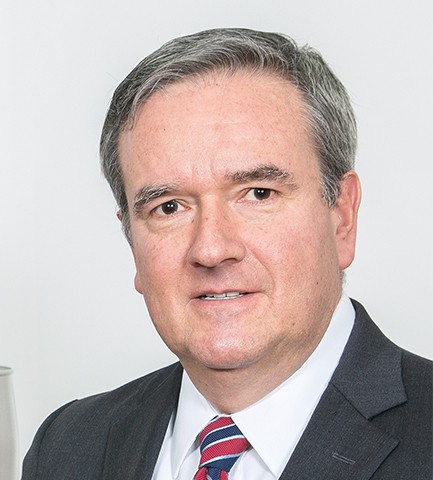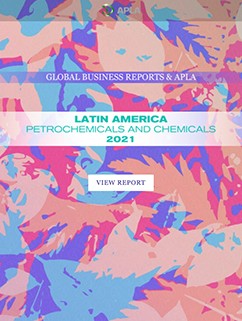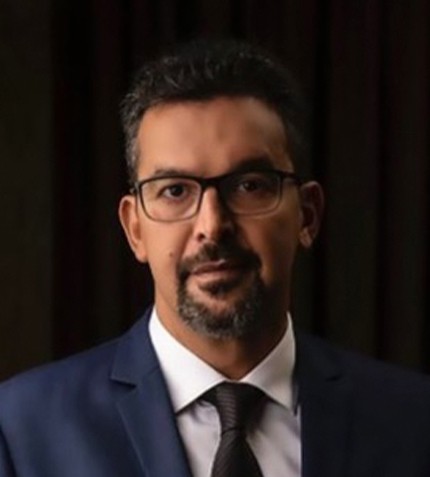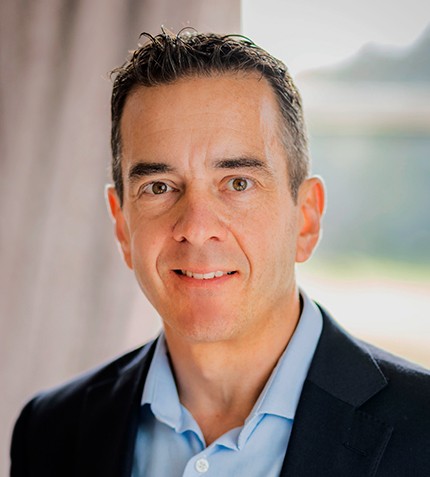
"Covid, climate change and geopolitical disruptions will not disappear soon so we need to continue innovating supply chain solutions, strengthening alliances with core suppliers and customers, developing new suppliers and increasing safety stocks to get us through shortages or logistics problems."
RELATED PUBLICATION
Eugenio Manzano
EXECUTIVE DIRECTOR, POCHTECA
How has Pochteca’s presence in Latin America evolved since the acquisition of Ixom’s Latam operations?
The Ixom Latam acquisition added Colombia, Peru, Chile and Argentina to our regional footprint. Pochteca is now present in nine countries in Latin America with 48 distribution facilities serving more than 24,000 customers with a portfolio of more than 9,000 products from more than 200 suppliers. In addition to the benefits of geographical diversification, we are extremely satisfied with the synergies that the acquisition brought. We are replicating Ixom´s success in mining, construction and personal care in Pochteca´s pre-Ixom countries as well as rolling out product portfolios and services from Mexico and Brazil to ex-Ixom countries. We are also benefiting from additional synergies in purchasing, logistics and IT. The integration has gone very well and smoothly.
What are the main trends you have noticed in Latin America’s chemical distribution sector in 2021?
The participation of distributors in the chemical supply chain is increasing as customers recognize that purchasing from a distributor can reduce total cost of ownership and manufacturers recognize that going to market through distribution can reduce their cost to serve several segments. At the same time, we believe that chemical distribution is still very fragmented. In a recent count of distributors in the countries where we are present, we counted more than 1,400. Customers and suppliers are reducing the number of channel partners and choosing those that, like Pochteca, add value beyond the product with technical solutions, inventory management systems, blending, environmental services and logistics. Increased regulation and economies of scale required to compete successfully imply that the segment will continue to consolidate and institutionalize over the next several years.
To what extent have supply chain disruptions and rising logistics costs impacted your business in the past year?
Despite increasing costs and supply disruptions, we have been able to continue growing and serving our customers by taking advantage of our diversified supplier base, developing sources from alternative geographies and moving inventory between our branches and different countries.
Covid, climate change and geopolitical disruptions will not disappear soon so we need to continue innovating supply chain solutions, strengthening alliances with core suppliers and customers, developing new suppliers and increasing safety stocks to get us through shortages or logistics problems.
What is your near to medium-term outlook for Mexico’s chemical industry, considering factors such as feedstock issues with Pemex and export demand from the USA?
The shortage of natural gas, methane and ethane has negatively impacted the competitiveness of our chemical industry. Chemical plants in southeastern Mexico are operating at low operating rates and with higher costs than their counterparts in other countries, which has generated many inefficiencies downstream and a large commercial deficit of more than US$20 billion per year. The strength and efficiency of Pemex is crucial to obtain key raw materials. It is urgent to recover this and encourage private investment in the energy and petrochemical industries to improve the competitiveness of our industry.
Can you elaborate on Pochteca’s approach to sustainability, including your division that offers integrated environmental solutions?
Sustainability is one of our strategic pillars, one of our competitive advantages, and a fundamental part of our mission. A clear proof of this is that we have increased our ANIQ SARI compliance percentage from 92.1 in 2019 to 95.9 in 2020. We reduced our water consumption in 2020 from 221 to 193.7 thousand m3 . We continue to invest in our solvent recycling facility, adding equipment that allows us to process an even broader range of used solvents. During 2020 we recovered 5,700 million liters of solvents.
We have been working on the recycling of packaging and pallets, a priority for the recovery of the materials we use and in reusing the same container up to four times, which reduces the generation of waste.
Pochteca is investing in specialized personnel and infrastructure to offer environmental and industrial waste management solutions, including hazardous ones. We have the necessary certifications and licenses, as well as all the logistics infrastructure, including trucks and warehouses to handle and store this waste.











